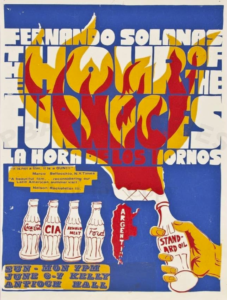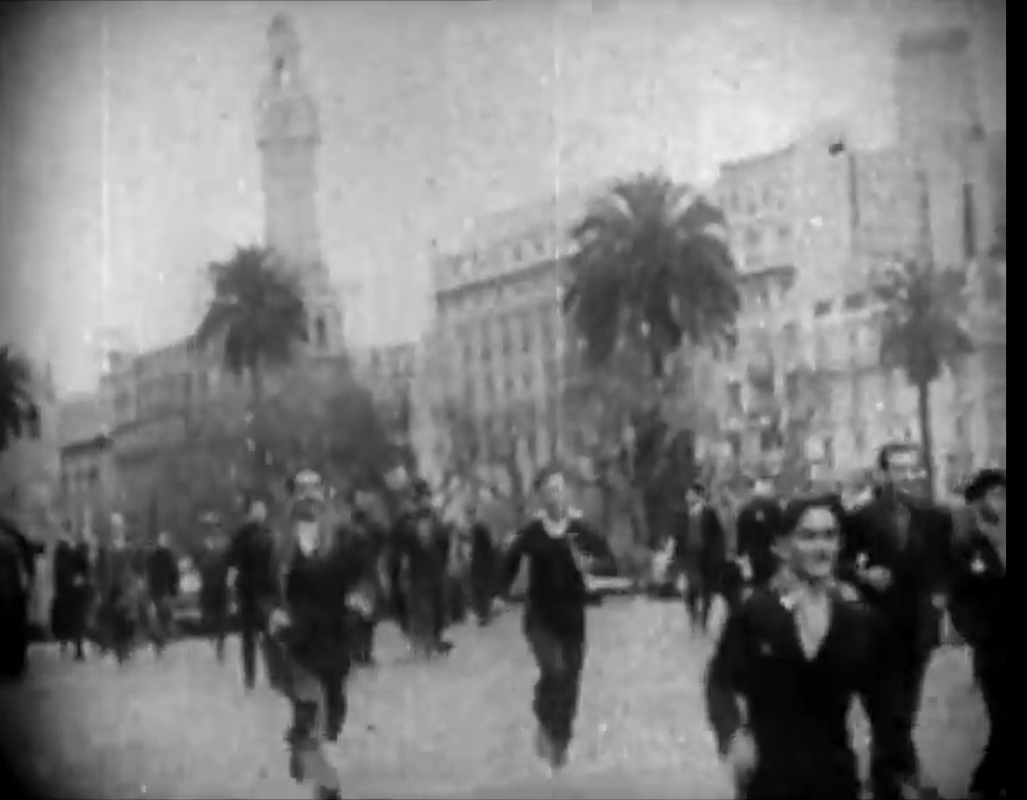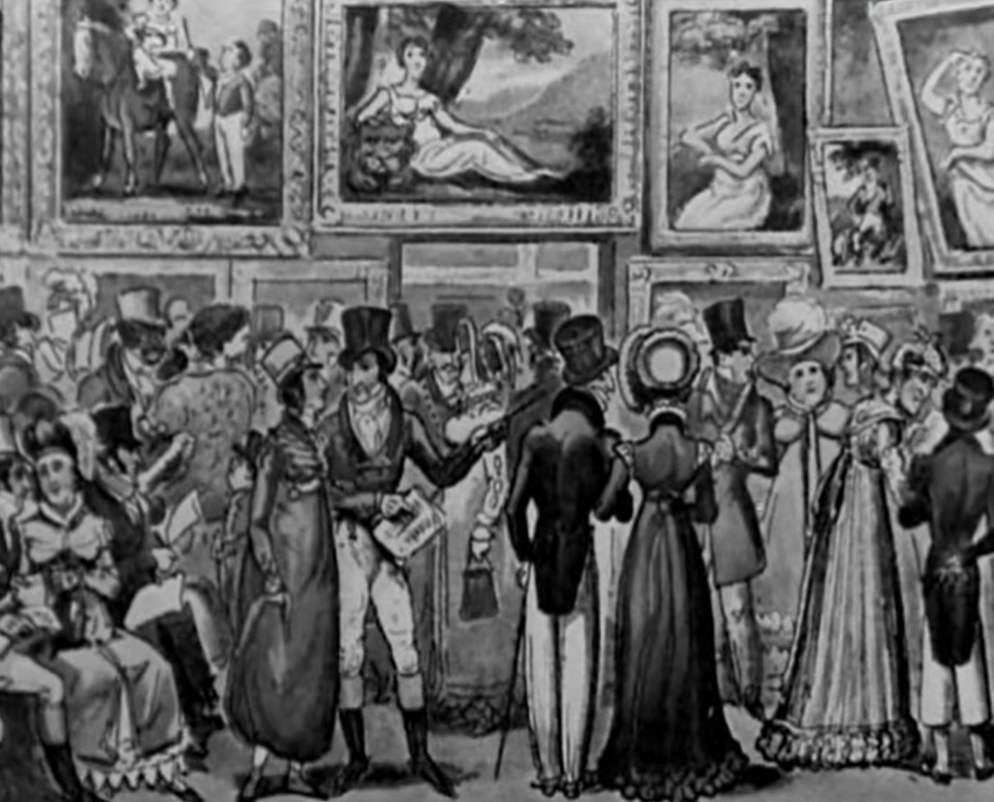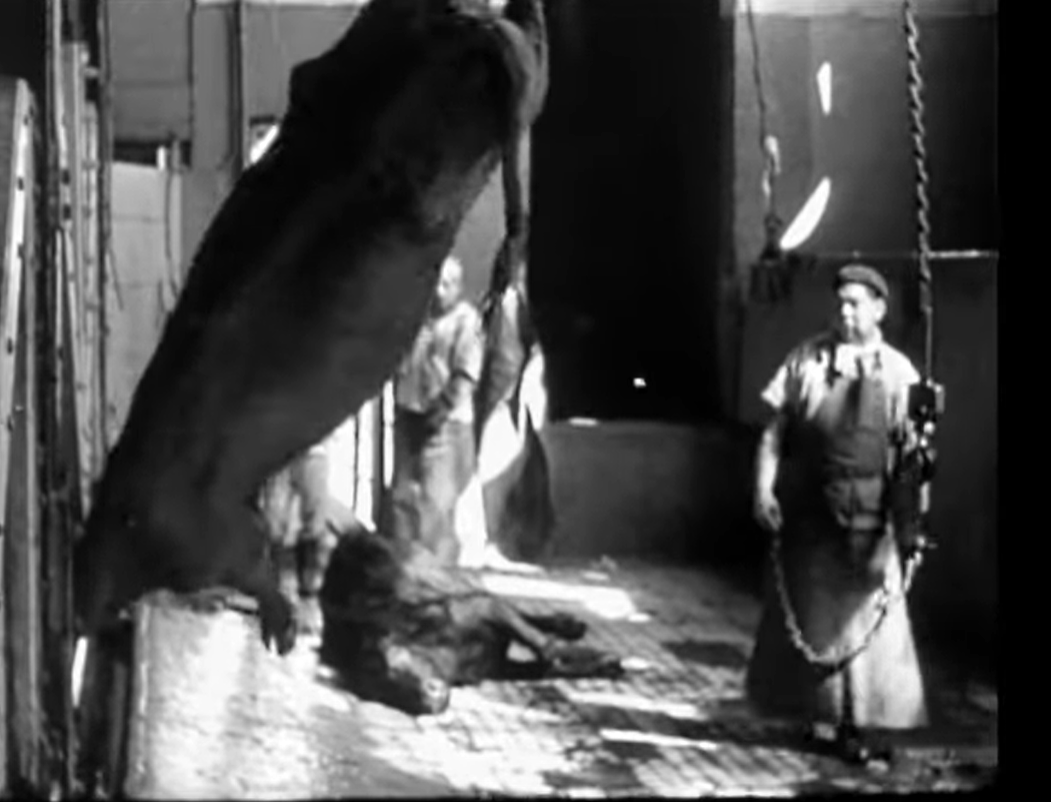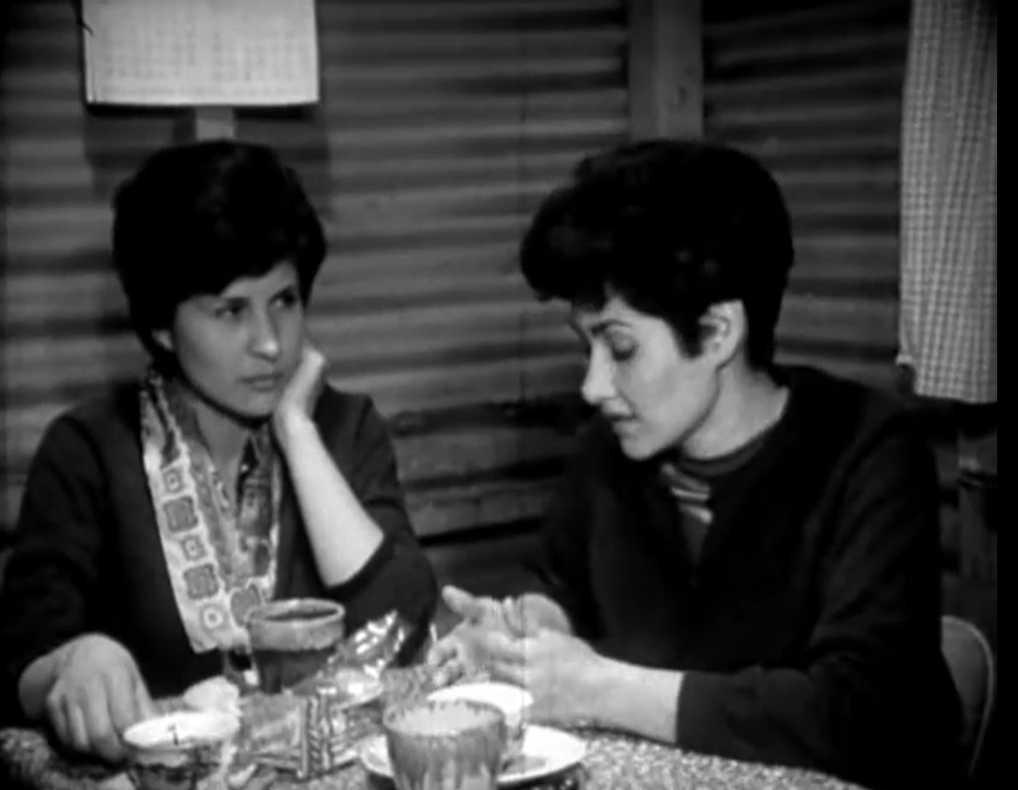Hour of the Furnaces, The (1968)
“Revolutionary violence will put an end to imperialist crimes. Liberation or death!”
|
Synopsis: |
|
Genres, Themes, Actors, and Directors:
Review: The Hour of the Furnaces is comprised of diverse historical footage alongside current “stealth” footage and interviews with key players, and is divided into three parts of unequal lengths with intentional time built in for discussion. As one set of title cards tell us:
In segment one — titled “Neo-Colonialism and Violence” (1 hour and 25 minutes long) — we are informed in all caps:
We are given an overview of Argentina’s history of oppression and imperialism by Spain and England: … and then shown how the hegemonic forces of global capitalism are still at play, with one particularly notable extended sequence intercutting the slaughter of cattle with facile advertisements. We see and are told that native peoples have been dehumanized (“The Indian was worthless; only a Christian had value”) and are living in poverty: … while “50% of the land is in the hands of 1.5% of the landowners.” Segment two (“Act for Liberation”) is the lengthiest at nearly two hours, and includes a more detailed overview of Argentina’s 20th century political history, including Peronism: … and activist resistance. Segment three (the shortest at just over 30 minutes) is entitled “Violence and Liberation,” and includes an interview with a political dissident (“Comrade Troxler”) who was tortured and meant to be assassinated but escaped with his life through sheer luck. We are shown imagery of liberation movements taking place across the globe: … and reminded that “peaceful coexistence is just opium that permits imperialism.” While this lengthy, history-intensive, no-holds-barred political rejoinder is certainly not for all tastes, it represents a unique moment in cinematic history and will likely be of interest to film fanatics. Notable Performances, Qualities, and Moments: Must See? Categories
Links: |
